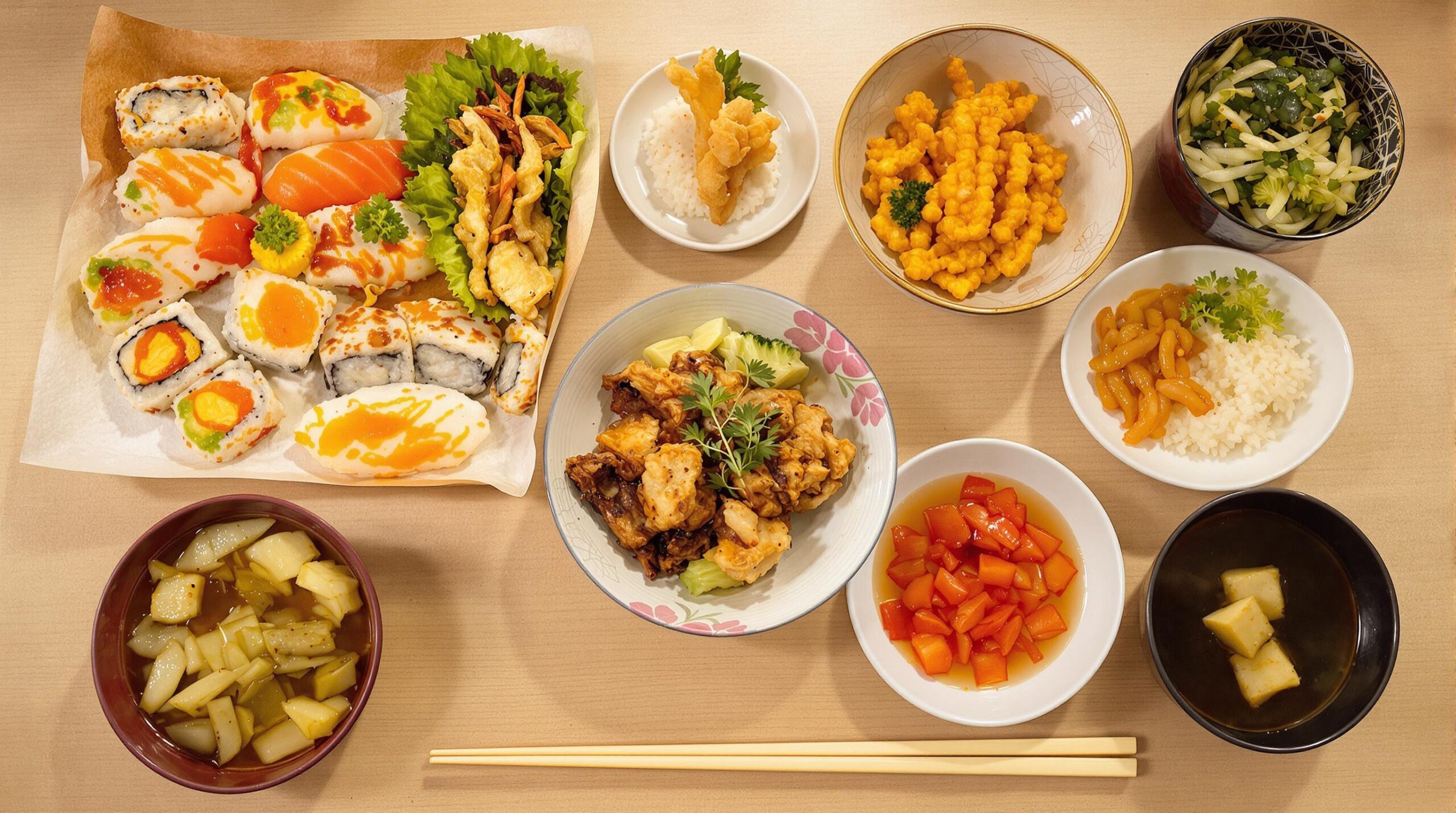Unlocking the Secrets of Umami: Why Japanese Food is More Addictive Than You Think!
Have you ever wondered why you can’t just have one piece of sushi? Or why that bowl of ramen just hits the spot every single time? The answer lies in a little something called umami, and it’s the secret weapon behind the incredible deliciousness of Japanese cuisine.
Beyond Sweet, Sour, Salty, and Bitter
For centuries, we thought there were only four basic tastes. But Japanese scientists discovered a fifth: umami. Often described as savory, meaty, or brothy, umami is triggered by the presence of glutamate, an amino acid naturally found in many foods. Japanese cuisine expertly utilizes ingredients rich in glutamate to create dishes that are deeply satisfying and, frankly, a little addictive.
The Umami All-Stars
So, what exactly makes Japanese food such an umami powerhouse? Here are a few key ingredients:
- Kombu (Kelp): This seaweed is simmered to create dashi, the flavorful base for countless Japanese dishes, from miso soup to noodle broths.
- Shiitake Mushrooms: Another key ingredient in dashi, shiitake mushrooms contribute a rich, earthy umami flavor.
- Soy Sauce: Fermented soybeans are packed with glutamate, making soy sauce a ubiquitous condiment and flavor enhancer.
- Miso: Fermented soybean paste adds a complex, savory depth to soups, marinades, and sauces.
- Katsuobushi (Bonito Flakes): Shaved, dried, and fermented skipjack tuna brings a smoky, fishy umami note to dishes.
The Art of Layering Flavors
The magic of Japanese cooking isn’t just about using umami-rich ingredients in isolation. It’s about layering and combining them to create a symphony of flavors. For example, dashi often combines kombu and shiitake mushrooms, creating a synergistic effect that amplifies the umami sensation.
Beyond the Taste Buds
But it’s not just about the umami. Japanese cuisine also places a high value on fresh, seasonal ingredients, careful preparation, and beautiful presentation. The balance of flavors and textures, the artistry of the plating, and the emphasis on mindful eating all contribute to a truly holistic and satisfying dining experience.
Craving Japanese? You’re Not Alone!
So, the next time you find yourself craving Japanese food, remember the power of umami. It’s the secret ingredient that keeps you coming back for more, and it’s a testament to the artistry and ingenuity of Japanese culinary traditions. Now, if you’ll excuse me, I think I need to go find some sushi…


